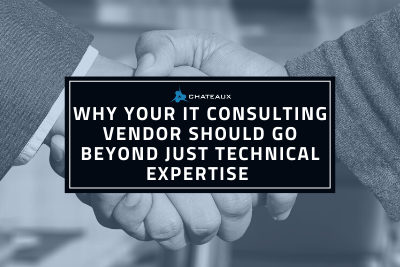eCommerce websites have existed for around 30 years now. They are nothing new. However, almost 75% of small businesses in the US don’t have an eCommerce website. This statistic may be surprising, especially considering that during this past year online shopping has been the only option for many.
There are lots of benefits for both businesses and consumers alike when it comes to eCommerce. For example, when selling physical products, there is more stock available to customers. Products can be shipped out from a centralized location such as a warehouse, which means business owners don’t need to be concerned with time-consuming stock displays and might minimize the number of brick-and-mortar stores needed – if any. Online shopping also gives businesses the option to offer customers discounts and voucher codes that can be easily added at checkout and applied to certain customer groups, such as first-time customers. Consumers can easily compare brands and prices online, select from a greater array of product options, and access the store any time of the day or night. But these reasons are just scratching the surface, particularly when it comes to business benefits…
Real-time data
Having your Customer Relationship Management (CRM) integrated with your website means you have instantaneous access to data, and customer records are automatically updated whenever a user action is completed. You can easily see customers’ purchase history, which is helpful for customer service, but it also means you can create targeted, data-driven marketing campaigns based upon this knowledge. Without having a CMS and CRM talking to each other, it is likely that a lot of time is being spent manually updating your CRM system with the latest orders. This not only leaves room for human error but also means that when using your CRM it would be difficult to decipher if the data is current. With the integration in place, your CRM becomes a singular accurate data source.
Informed marketing
Utilizing eCommerce gives you access to a wealth of data that can inform your business decisions and marketing efforts. You can see when customers add items to their cart and then don’t check out, which means you can then re-market these products to them. Also, if there are specific products being abandoned in the cart you can look into why that could be. You can also up-sell. For example, if someone is purchasing a new cell phone, you can add functionality that suggests other items they might like to add to their cart, such as a phone case or screen protector. Making smaller add-on items very easy to purchase is a great way to make extra revenue. It is a similar concept to the point-of-purchase merchandise items placed in stores at the checkout area to trigger impulse purchases. But in an eCommerce environment, you can personalize these items so that they relate to exactly what the customer intends to buy. This can also apply to digital assets, where you might recommend something else the customer will like, or with services you may offer additional things such as insurance policies.
Built-in customer communication
Many CRM systems for eCommerce will have built-in functionality, or the ability to integrate an app that enables you to email your customers without leaving the platform. This means you can send order confirmations, dispatch emails, and notifications with ease. You can also send marketing emails, new product launches and sale alerts, too, which are often easy to build using a variety of templates.
Payment Gateways
Another available (and critical) integration for your eCommerce site is a payment-gateway. A payment-gateway securely authorizes transactions, eliminating the need (and time required) for business owners to validate each and every transaction and check for fraud. In addition, user experience is also enhanced with features such as storing customer card details, maintaining recurring payments, and handling disputes. There are a variety of payment-gateway options available, which make it easier than ever for customers to pay for their purchases. For example, when customers use Apple Pay, it just requires face ID, and the transaction is complete!
These benefits and integrations merely scratch the surface of what you can gain from an eCommerce website for your business. Whether you’re selling a physical product, a service, or a digital asset, the Chateaux team have experience and can identify how you can gain the most from your project.








